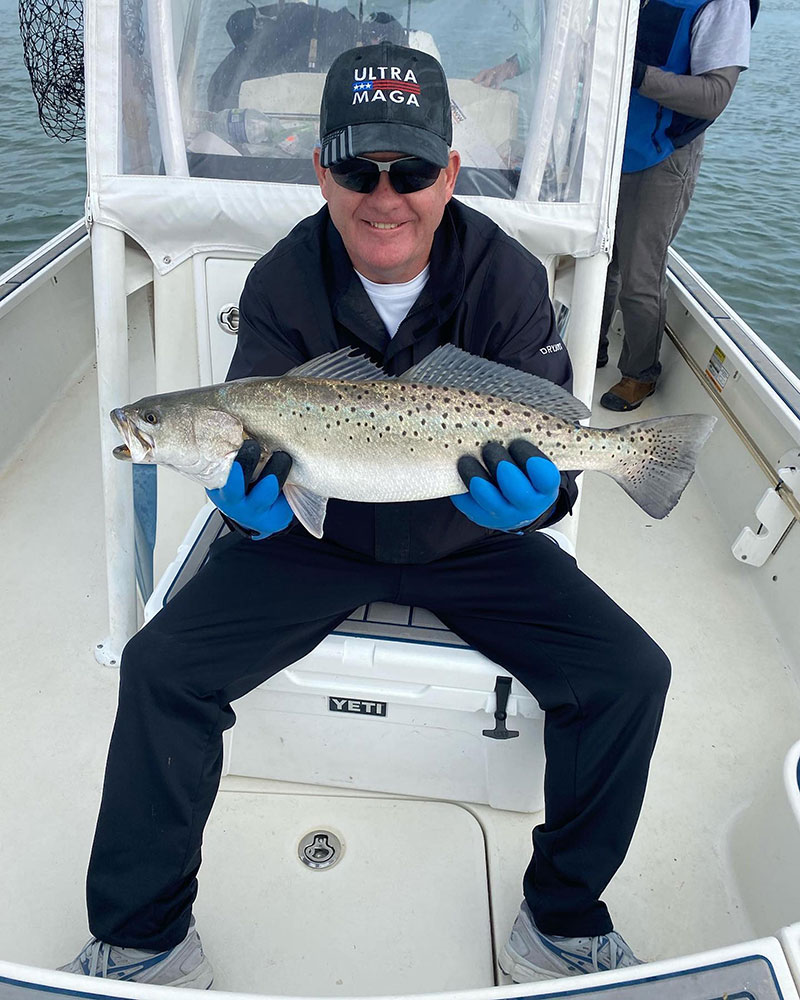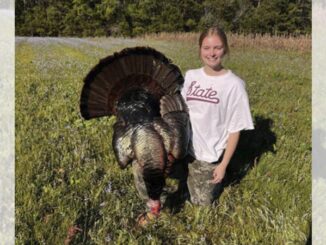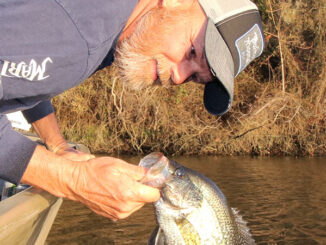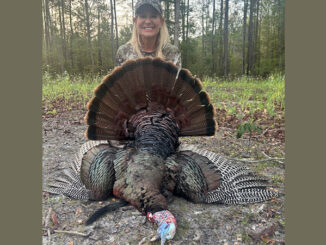
It’s time to catch the biggest specks of the year
South Carolina’s alligator hunting season closed last month, but the gator trout season cranks up big time this month.
As the water temperature cools, baitfish begin to flee the inshore waters to find warmer areas. And the big speckled trout take advantage, gorging themselves on bait as long as its around.
“It’s not just big trout. We catch a lot of specks this month, but if you’re looking for big ones, this is the month you’ll catch them,” said Capt. Tripp Hooks of Captain Hook Outdoors (910-540-7332).
Hooks said you just can’t beat live shrimp under a cork this month.
“These fish are eating whatever is available this month. But you really can’t beat a live shirmp under an adjustable float. That’s as good as it gets,” he said.
Go deep
Hooks constantly looks for deep ledges, and catches his share of speckled trout around the Little River jetties.
“When I’m looking for big fish, I like to head to the jetties on a falling tide. I’ll keep my boat 15 to 20 feet off the rocks, then make long drifts parallel to the jetties. I’ll set my bait about 12 feet under my float, and make long drifts,” he said. “I just leave the rods in rod holders and drift.”
Even when shrimp have pretty much disappeared for the winter, Hooks said it continues to be the top bait for catching speckled trout. It’s just a matter of finding shrimp at that point.
Some anglers catch their own by deep-holing with a cast net. And many local bait shops will usually have shrimp that’s shipped up from Georgia and Florida.
Hooks said it isn’t uncommon to see multiple trophy-sized trout when conditions are right this month.
“This month, under the right conditions, it’s not unheard of to catch multiple trout bigger than 5 pounds during a day of fishing,” he said.
Eaters too
And for anglers that prefer to release trout in that size range, which Hooks prefers to do, he said they’ll catch plenty of eating-sized specks on those same trips.
“This is a great time of year to catch the biggest trout you’ll see around here. But it’s also a great time to catch eating-sized fish. And it’s a great time of year for catching numbers of fish,” he said.
Hooks will use a variety of cork sizes and weights, depending on conditions. But he said he likes to use the smallest size he can get away with.
“You want to match the size of your weight to your cork. As long as it’s heavy enough to keep the bobber standing, it’s easy to keep an eye on the cork as you’re drifting,” he said.
Hooks prefers using 20-pound braided mainline, then a 15-pound test fluorocabon leader. He will decrease the size of his leader if they water is really clear.
“Trout have soft mouths, so fluorocarbon gives you enough stretch to hook the fish without tearing its mouth,” he said.





Be the first to comment